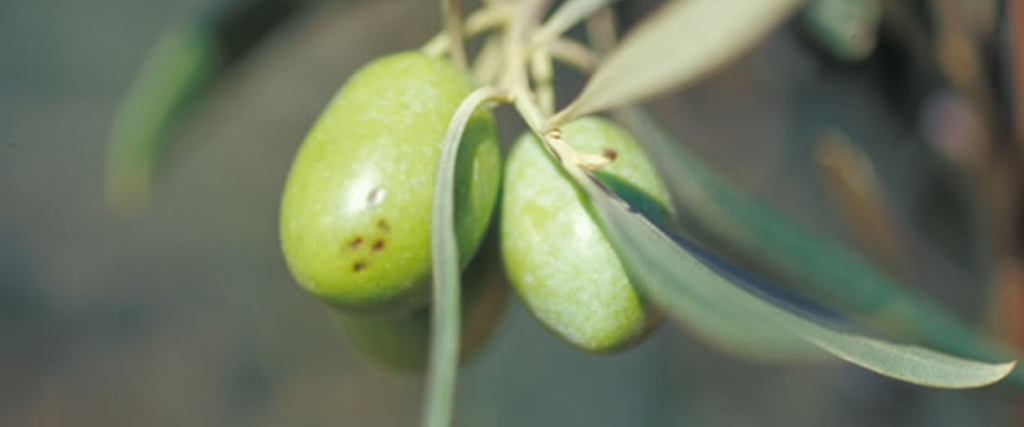Olive Pests and Diseases
Year after year our olive grove faces multiple pests and diseases.
Their total eradication is technically and economically unfeasible. However, with early identification and specific preventive actions, good results are usually achieved.
It is important that we learn to identify the causes of different diseases. Preventive control and the application of selective treatments against pests will help us to keep our olive groves productive and healthy…
The pests and diseases that occur to a greater extent in our area are:
Olive fly (Bactrocera oleae)
The fly usually wreaks havoc in our area.
After the olive stone hardens, the olive fly usually starts laying eggs. Episodes of rain and mild temperatures favor its spread, increasing the damage caused by this pest.
The high temperatures and the dry environment of the summer prevent the correct development of the larvae. For this reason the development of this pest has been less this year.
When applying treatments, it must be taken into account that some olive varieties are more sensitive to fly attacks. The placement of traps is effective in controlling the first generations of flies.
The “marteño” variety (predominant in our production area) is usually one of the most affected varieties.
Olive moth (Prays oleae)
The Prays is a plague perfectly synchronized with the olive tree. It feeds on leaf, flower and fruit.
The carpophagous generation is the one that can produce the greatest losses for the farmer, since it directly affects the olives, which fall to the ground before they can be harvested.
In our area, fortunately, it tends to affect the flowering phase to a greater extent, since the high summer temperatures tend to help fight the prays.
In addition, in the fight against this plague, preventive treatments during the spring are usually very effective.
El Repilo
Repilo is probably the most common, well-known and widespread disease of the olive grove.
The Repilo usually affects to a greater extent in rainy climates or when there are long periods of rain with warm temperatures.
The Repilo considerably reduces the productive capacity of the olive grove and usually manifests itself with a considerable loss of leaf mass.
Preventive copper treatments before the first autumn rains and spring fungal applications are essential tasks that must be carried out to control this disease.
Olive milkweed
The milkweed is a pest that is striking and can worry the less experienced people.
It is a hemipterous insect that feeds on olives. This pest is usually considered as secondary since the damage is usually insignificant, so control treatments are not usually carried out.
Olive root asphyxia
Excess moisture in the soil is not beneficial for the olive tree.
Root suffocation can cause weakening, chlorosis, yellow leaves, olive drop, defoliation and the appearance of fungi on the trunk.
In our area it tends to occur to a greater extent in lands that store moisture… Mountain path area or near riverbeds.
With the application of two fungicide treatments per year, it is usually sufficient.
Olive borer (Phloeotribus Scarabaeoides)
The borer feeds by digging galleries in the olive bark, cutting off the sap flow and drying the olive branches.
It usually occurs to a greater extent on farms close to population centers.
Olive tuberculosis
Tuberculosis, also known as scab, is a disease of bacterial origin. The bacterium Pseudomonas savastanoi infects existing wounds on the tree.
When the infection is considerable, the weakening of the tree is widespread, with dry branches and a significant reduction in production.
In our area we have only found an incidence in farms with weevil olive groves.

